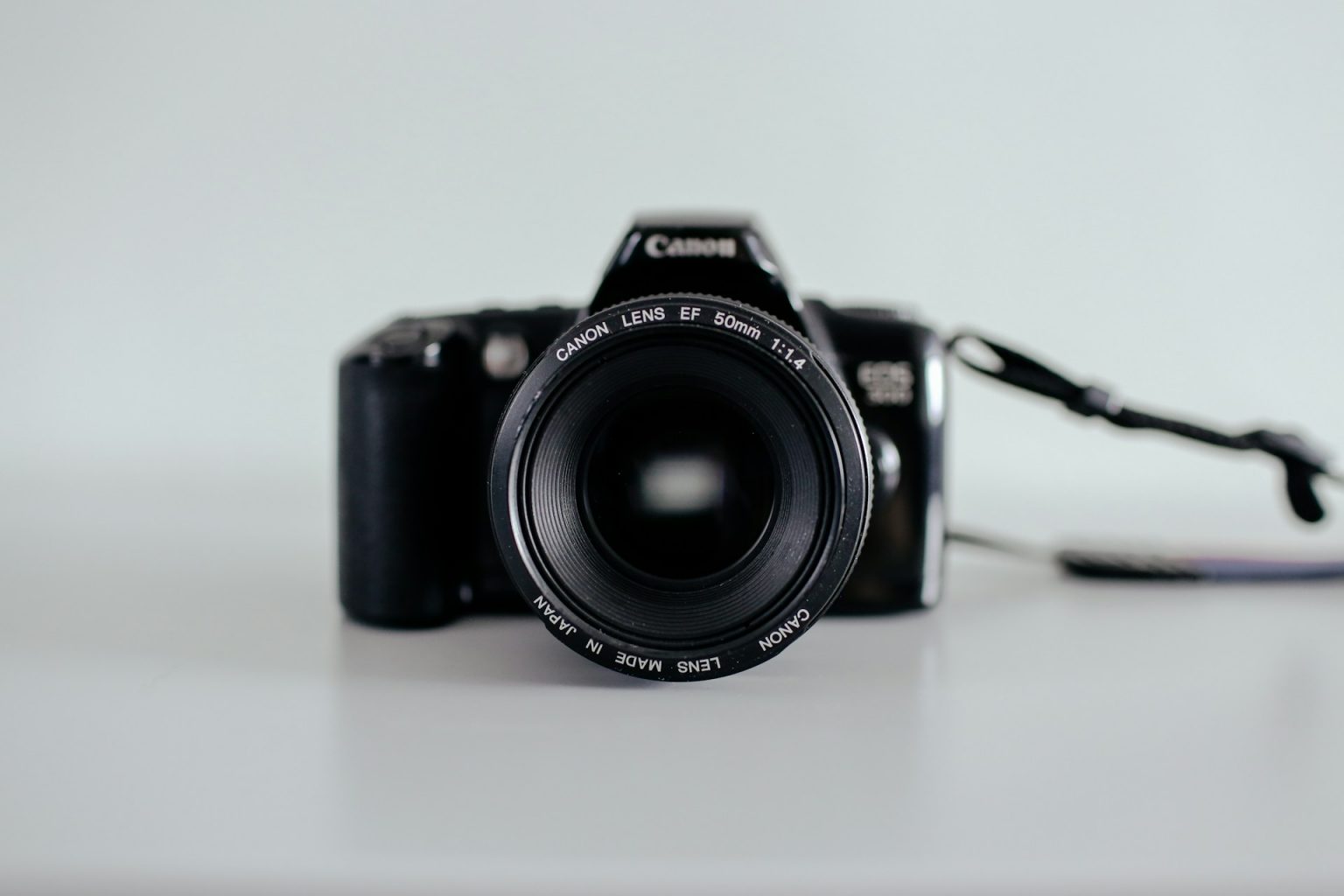Photography is all about capturing light. The way you use light in your photos can make a huge difference in the quality of your images. In this guide, we’ll explore how to master both natural and artificial light to take your photography skills to the next level.
Understanding Natural Light
The Golden Hour
One of the best times to take photos is during the ‘golden hour’, which is the hour after sunrise and the hour before sunset. The light during these times is softer and warmer, which gives a beautiful glow to your photos.
Weather Conditions
Different weather conditions can affect your photos. For example, overcast days provide soft, diffused light which is great for portraits, while sunny days offer bright, harsh light that can create dramatic shadows.
Direction of Light
Paying attention to the direction of light can help you control the mood in your pictures. Light coming from behind your subject can create a backlight effect making them stand out against the background.
Using Artificial Light
Flash Photography
Using a flash can help you light your subjects evenly, especially in dark conditions. Brands like Canon and Nikon offer great flash units that fit on top of your camera.
Continuous Lights
Continuous lights, such as those from LEDGo, allow you to see the lighting effect in real-time, which can be helpful for beginners. They are great for video as well.
Modifying Light
You can modify artificial light to make it softer or more directional. Tools like softboxes, umbrellas, and reflectors, available from B&H Photo, are essential for this.
Mixing Natural and Artificial Light
Balancing Light
When mixing natural and artificial light, try to balance the light sources so that one does not overpower the other. This can help create a more natural-looking photo.
Color Temperature
Be aware of the color temperature of your lights. Natural light is warmer (more yellow), and some artificial lights are cooler (more blue). Use white balance settings on your camera to match the light sources to avoid color casts.
Experimenting
Experiment with different combinations of natural and artificial light to see what works best for your subject and style of photography.
Practical Tips for Using Light Effectively
Understand Your Equipment
Learn how your camera settings like ISO, aperture, and shutter speed affect how light is captured in your photos. Brands like Sony and Olympus provide cameras that are excellent for low-light conditions.
Use a Light Meter
Using a light meter can help you get the perfect exposure every time, especially when working with artificial light. It measures how much light is in the scene and lets you know the best settings for your camera.
Practice Makes Perfect
The more you practice, the better you will get at seeing and using light in your photography. Try taking photos at different times of the day and using different lighting setups to see what you like best.
By understanding and manipulating both natural and artificial light, you can greatly improve the quality of your photos. Remember, light is the key ingredient in all great photographs, so spend time mastering it!

